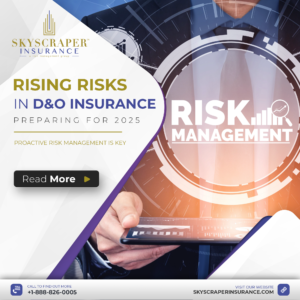Learn from expert panelists as they discuss emerging commercial auto issues for cannabis businesses during April 20th Twitter Chat.
Gone are the days of Cheech & Chong and the stereotype of the lazy pothead: Cannabis is now a legit business. The legal market for cannabis in the U.S. is valued at slightly more than $15 billion for 2020, with sales projections going as high as $37 billion for 2024 — and those are conservative estimates.
As the cannabis business thrives, issues have arisen around commercial auto coverage. For example, companies that deliver are experiencing coverage challenges, and often without their knowledge. “So many dispensaries have vehicles on the road that aren’t properly covered, and they aren’t aware of it,” said Rocco Petrilli, chairman of the National Cannabis Risk Management Association. “We find it daily in the people we talk to. The attachment to cannabis makes the type of auto coverages these dispensaries need either overly expensive or even cost-prohibitive.”
How do commercial auto coverages for cannabis businesses differ from traditional policies? What are some of the legal issues these businesses need to consider for their distribution or delivery services?
These are just some of the questions we’ll be answering in our Twitter chat, “High Roads: Commercial Auto Risks and Coverage for Cannabis Businesses.” The chat will begin at 11 AM EST on, appropriately enough, April 20.




